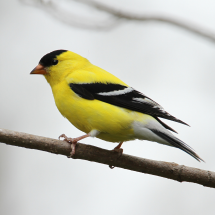
More than 500 bird species call Washington home. As crucial components of healthy ecosystems, birds serve as pollinators, predators, scavengers, seed dispersers, and engineers in a variety of habitats. Learn more about Washington bird species from our partners at the National Audubon Society.
Birds & glass collisions
Hundreds of millions of birds die each year in the United States from flying into glass and windows. Birds often hit windows because they see reflections of clouds, sky, or plants in the glass and think they can safely fly towards them. Sometimes, birds can see indoor plants and fly into the window by accident. At nighttime, birds can be attracted to lights on buildings and accidentally fly into a glass window.
Watch this 7-minute video from American Bird Conservancy to learn more about bird collisions and what cities are doing to help.
Activity: Make your own bird-friendly window decals
Walk around your home and identify which windows are most dangerous for flying birds. Think about the windows that are closest to where you see birds during the day or where there may have been previous bird collisions.
Gather your materials
- Puffy fabric paint
- Recycled plastic or large plastic storage bag
- Decal printouts (Print this PDF (PDF))
Backyard bird watching
Bird watching, also known as birding, can be done from your backyard or window and offers the opportunity to practice patience as well as observation and listening skills. Birding is a perfect activity to do year-round.
Watch the video below to learn the basics of birding in the Pacific Northwest from Matt Curtis, a habitat biologist for the Washington Department of Fish and Wildlife.
Activity: Practice birding by ear
Sound is often one of the best ways to know if a bird is nearby and can also help you identify a bird species without ever seeing it. Be mindful when you go outside and listen for birds. Do you hear repetitive songs or calls? Do you notice more than one type of bird?
Learning to identify a bird by its sound can seem challenging, especially when there are several birds singing at once. To speed up your learning process, really think about what you're hearing. Describe the sound to yourself or write it down. Familiarize yourself with some common backyard bird songs below. Pick a few species that you have seen in your neighborhood and listen to them repeatedly. Now when you go outside, try to identify a bird by its sound before you see it.
Still hear a bird that you’re not able to identify? Try using the Merlin Bird ID app by Cornell. It listens to bird calls around you and will provide a list of potential species matches.
Want even more sounds? Download the National Audubon Society's Bird Guide app to learn more about birds or visit their online bird guide to hear hundreds of bird calls and songs.
| Bird sound | Photo |
|---|---|
| American crow | Image
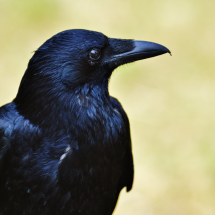
|
| American goldfinch | Image

|
| American robin | Image
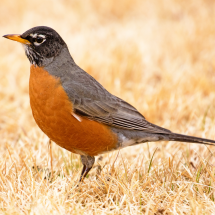
|
| Anna's Hummingbird | Image
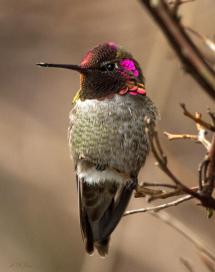
|
| Barn swallow | Image
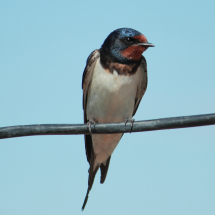
|
| Bewick's Wren | Image
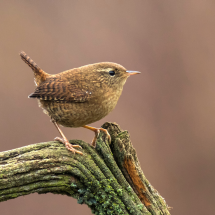
|
| Black-billed magpie | Image
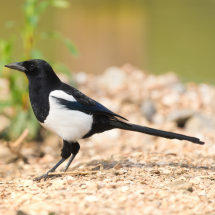
|
| Black-capped chickadee | Image
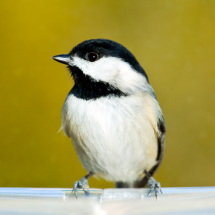
|
| Dark-eyed junco | Image
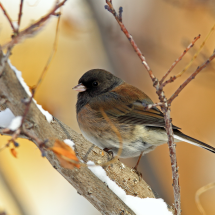
|
| Great blue heron | Image
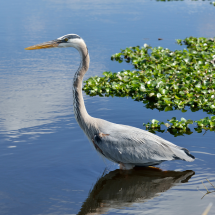
|
| House finch | Image
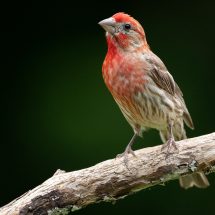
|
| Belted kingfisher | Image
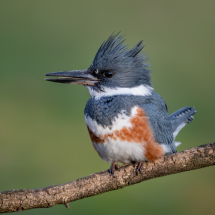
|
| Mourning dove | Image
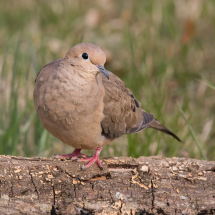
|
| Northern flicker | Image
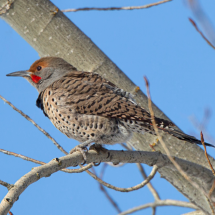
|
| Spotted towhee | Image
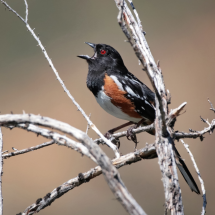
|
| Steller's Jay | Image
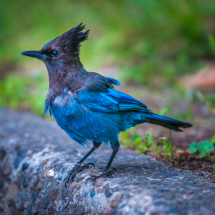
|
| Varied thrush | Image
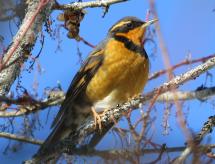
|
Using smartphones for science
Community members like you can help provide important information about wildlife populations and trends. With easy-to-use apps, it’s more fun than ever to contribute to science.
Get started using apps like eBird and iNaturalist to report your findings! You can also report what you find directly to WDFW through our Report Wildlife Observations webpage.
Find a dead bird? You can still contribute what you find on dBird, a resource that tracks bird deaths. This data is just as valuable for learning about birds and conservation as tracking live birds is.
When reporting birds, it's helpful to include a photo and the location seen when possible.
Watch the 3-minute video below from eBird to learn about community science and how you can get involved.